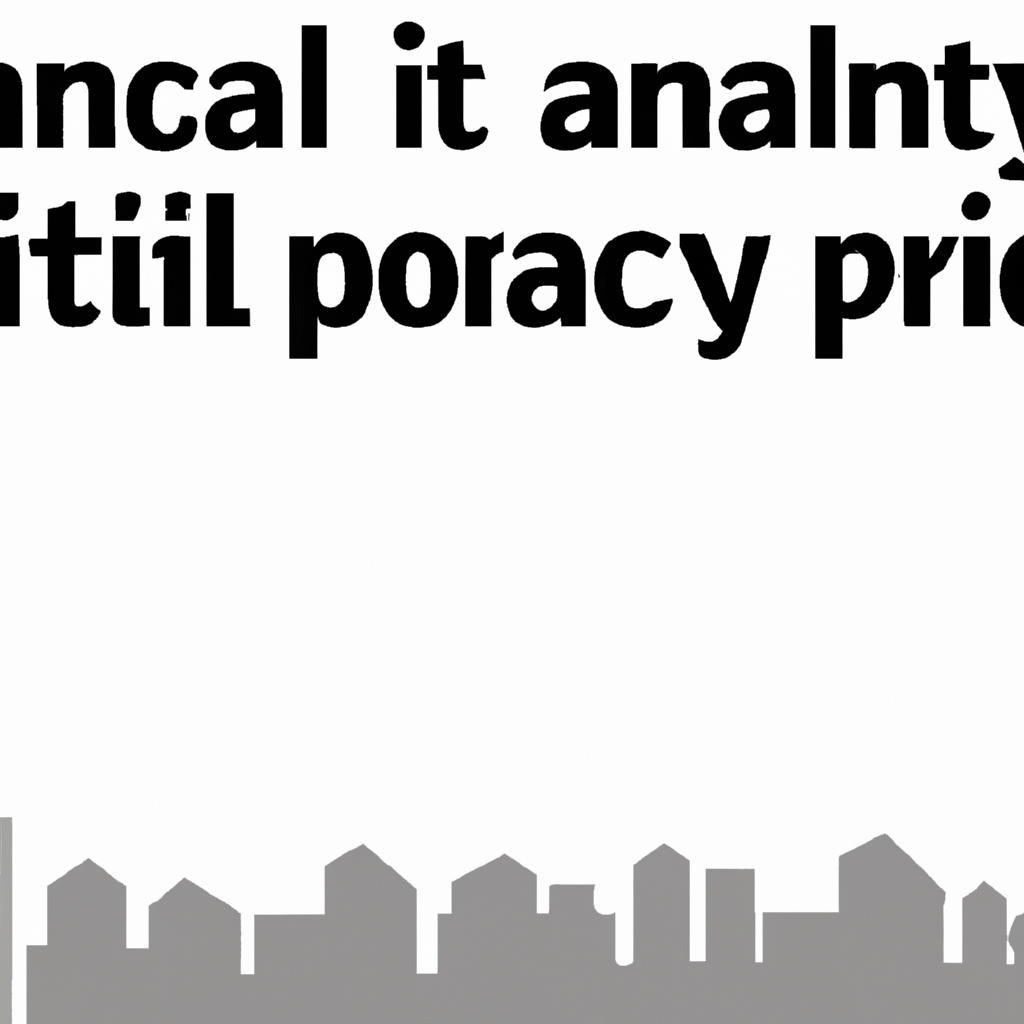Welfare programs and income inequality

Welfare programs play a crucial role in addressing income inequality by providing social assistance to individuals and families with lower incomes. These programs aim to ensure a basic standard of living, access to healthcare, education, and other essential services. By reducing poverty levels, welfare programs help in narrowing the wealth gap and promoting more equal opportunities for all members of society. However, critics argue that such programs can create dependency and discourage work, contributing to a cycle of inequality. Balancing the need for support with incentives for self-sufficiency remains a challenge in finding effective solutions to address income disparities.
Read more
Theories of income inequality

There are various theories put forth to explain income inequality. One theory is the human capital theory, which suggests that individuals with higher levels of education, skills, and experience have a greater earning potential, while those with less education and skills face lower wages. Another theory is the neoclassical theory, which posits that income inequality is a natural outcome of market forces such as supply and demand, with individuals being rewarded based on their productivity. Additionally, the Marxist theory argues that income inequality stems from the unequal distribution of wealth and power in capitalist societies. These theories provide different perspectives on the complex factors contributing to income inequality.
Read more
Tax policies and income inequality

Tax policies play a pivotal role in addressing income inequality within societies. By implementing progressive taxation, governments can ensure that the burden of taxes falls more heavily on the higher income segments of the population. This approach aims to redistribute wealth and bridge the wealth gap, ultimately promoting a more equitable distribution of income. Additionally, tax policies can be designed to provide targeted financial support to low-income individuals and families, helping to alleviate some of the financial strains they face. Such policies can contribute to a more just and inclusive society, addressing the persistent issue of income inequality.
Read more
Impacts and consequences of income inequality.

Income inequality has far-reaching impacts and consequences that affect not only individuals but also societies as a whole. One of the most significant consequences is the perpetuation of poverty and lack of upward mobility. When a significant portion of the population has limited access to resources and opportunities, social and economic disparities widen, exacerbating social unrest and division. Moreover, income inequality can have detrimental effects on health and well-being, as individuals with lower incomes often struggle to access quality healthcare and education. The unequal distribution of wealth can also lead to political instability and corruption, further entrenching the cycle of inequality. Ultimately, addressing income inequality is crucial for creating a more just and equitable society.
Read more
Global perspectives on income inequality

Global perspectives on income inequality reveal a disturbing reality: the gap between the haves and have-nots is widening across the world. This contentious issue has become a prominent feature of the global economic landscape, penetrating discussions across different continents, cultures, and societies. It is clear that income inequality is not limited to one region or country, but is a pervasive challenge affecting both developed and developing nations. From the Americas to Asia, Europe to Africa, this disparity in wealth distribution has sparked debates on social justice, economic growth, and the role of government in ensuring equitable opportunities for all. Addressing this issue requires a comprehensive understanding of the complexities and implications of income inequality in an increasingly interconnected world.
Read more
Economic policies and income inequality

Economic policies play a crucial role in shaping income inequality within societies. These policies encompass a range of governmental actions, including taxation, regulation, and public spending, that affect the distribution of wealth and resources. While some argue that certain policies, such as tax cuts for the wealthy, can exacerbate income inequality by favoring the affluent, others advocate for measures like progressive taxation and social welfare programs to address this issue. Understanding the intricate relationship between economic policies and income inequality is essential for policymakers, as it informs decisions that can either perpetuate or alleviate the disparities in income distribution.
Read more
Early attempts to address income inequality

Early attempts to address income inequality date back centuries. One notable example is the introduction of progressive taxation. In the late 18th century, philosopher Adam Smith argued for a progressive tax system to redistribute wealth. Similarly, during the Industrial Revolution, labor movements emerged, advocating for fair wages and better working conditions. These movements aimed to reduce income inequality by promoting workers' rights and social reforms. Another approach was the implementation of social welfare policies, such as public education, healthcare, and social security. These initiatives aimed to provide equal opportunities and support for vulnerable populations. Overall, these early attempts reflected the recognition of the need to address income inequality for a more equitable society.
Read more
Policy responses to income inequality

Policy responses to income inequality can play a vital role in addressing this pervasive societal issue. Governments have implemented various measures to tackle the growing disparity in income distribution, such as progressive taxation systems, minimum wage regulations, and social safety net programs. These policies aim to provide a more equitable distribution of wealth by redistributing income from higher-income brackets to lower-income individuals and families. Additionally, governments are investing in education and skills training programs to improve workforce opportunities for disadvantaged individuals. By implementing such policies, societies strive to reduce income inequality and create a more inclusive and fairer economy.
Read more
Factors affecting income inequality

Factors affecting income inequality are numerous and complex. One of the major factors is education. Higher levels of education tend to lead to higher incomes, creating a greater disparity between those who are highly educated and those who are not. Another critical factor is technological advancements, which can either widen or narrow the income gap depending on its accessibility and impact. Government policies and regulations also play a significant role in income inequality, as the level of taxation and social welfare programs can either alleviate or exacerbate disparities. Additionally, factors like gender, race, and socio-economic background further contribute to income inequality by creating additional barriers and disadvantages for certain groups.
Read more
Education and income inequality

Education and income inequality are closely intertwined aspects of our society. The level and quality of education that individuals receive often determines their earning potential and socioeconomic status. Unfortunately, access to education is not equal, and this contributes to the perpetuation of income inequality. Higher quality education, such as that offered by prestigious institutions or in wealthier neighborhoods, often comes with a hefty price tag, making it inaccessible to low-income individuals. This creates a cycle of disadvantage, as those who cannot afford a quality education are more likely to struggle financially. Bridging the gap in educational opportunities is crucial to reducing income inequality and creating a more equitable society.
Read more












